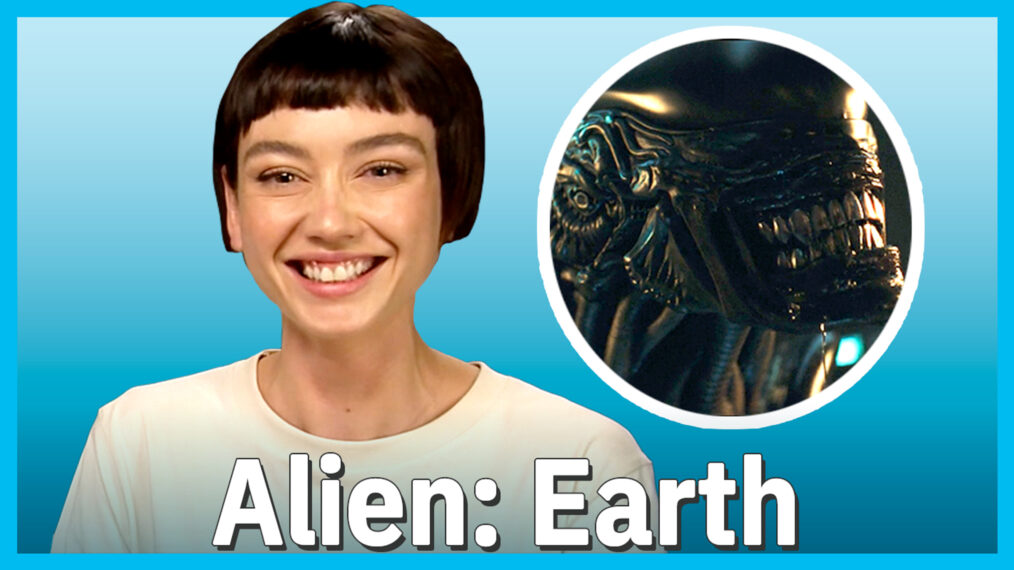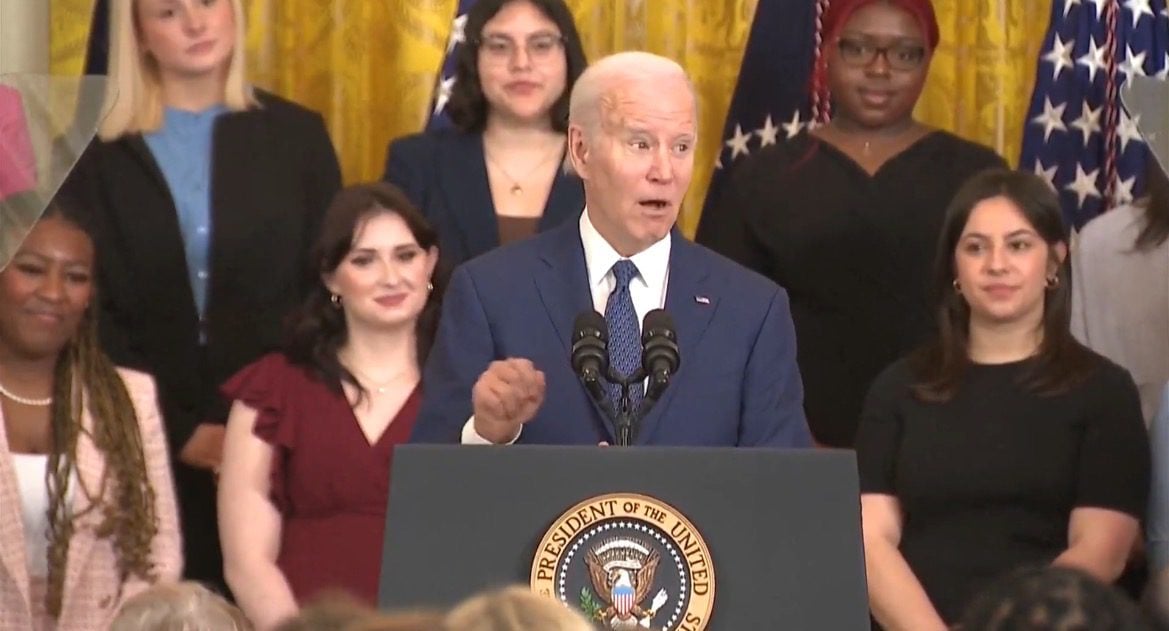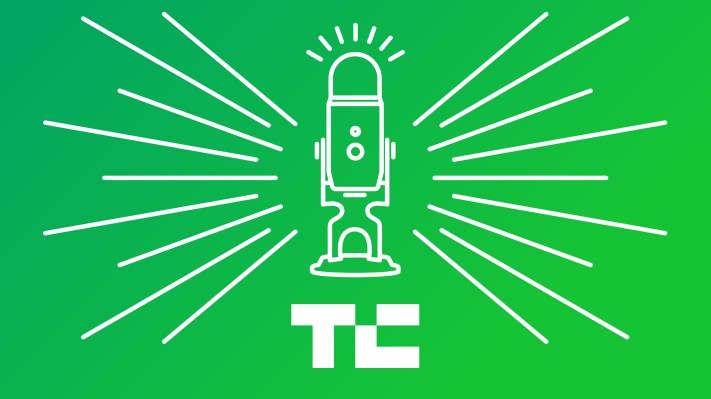Monad Labs, the team supporting the Monad blockchain, has raised $19 million in seed funding led by Dragonfly Capital, it exclusively told TechCrunch.
“Monad is an effort to fundamentally optimize smart contract platforms,” Keone Hon, co-founder and CEO of Monad Labs, said to TechCrunch. “We’re ultimately building a platform to optimize both consensus and execution […] which ultimately results in a system that can process a billion transactions per day and 10,000 transactions per second.”
The Ethereum Virtual Machine (EVM)-compatible layer-1 smart contract platform was co-founded by Hon, Eunice Giarta and James Hunsaker in 2022 to expand throughput on the Ethereum blockchain. The team brings more than seven years of experience in building low-latency, high-frequency trading (HFT) systems at Jump Trading.
“Fundamentally, we’re building a platform, so our main clients expand across the board. In some ways you can think of us as pseudonymous with iOS and what the iPhone can provide,” Giarta said. “We’re allowing devs to build applications like the App Store.”
While the platform is not publicly available, it will enter a testnet phase in the coming months with a mainnet launch later this year, it said.
The round included 70 participants, including Placeholder Capital, Lemniscap, Shima Capital and Finality Capital, as well as angel investors like AngelList co-founder Naval Ravikant. “We found that building a really broad coalition of supporters has helped us a lot in our journey,” Hon said.
The capital will be used to double the team to about 24 in the next several months, Giarta said.
“Ultimately the problem of limited throughput and high fees are acute challenges in the Ethereum ecosystem,” Hon said. “We found a number of leaders in the space who want to tackle the problem head-on with fundamental improvements to the overall system in order to build the most optimized system possible.”
In general and in the crypto space, people assume Ethereum can’t be performant, Hunsaker noted. But Monad aims to focus on performance and fix that problem, he added.
“If you don’t have better performance, you can’t scale to everyday users,” Hunsaker said. “We’re thinking forward. Apps on blockchains so far have been simple, so to build more complex apps and add natural value they’re going to have to be more complex. We have features planned to expand what blockchain can do, but our primary focus right now is performance because without that, you don’t have anything that’s usable on a wide scale.”
Other blockchains that advertise high performance have “abandoned the Ethereum space and existing chains that are EVM compatible didn’t innovate, but mainly just used what was available to build out their blockchain,” Hunsaker added. “So we’re re-building the EVM for high performance and trying to stay within the Ethereum ecosystem because we think that’s where most of the innovation has happened and will continue to happen.”
Even though the current market for crypto, and tech in general, has been “challenging,” the team is focused on improving the Ethereum space, Hon shared. “Ultimately we want to grow a vibrant ecosystem of app developers and users. From our perspective, the future is bright.”


























































